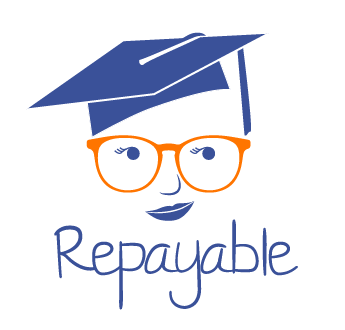
What to Do With Your Student Loans as a Resident
You’ve finished school and you’re a few weeks into residency. While it’s awesome to be finally practicing what you went to school so long for, it’s pretty likely you racked up some major student loan debt to do it. The problem is, as a resident, you don’t make even close to enough money to pay back all that debt like you will once you’re finally staff. So what’s a resident to do when you want to stay on top of your student loan debt and set yourself up for success when you graduate residency?
After reading or watching today’s post you’ll know exactly what you can do with your student loans to set yourself up for repayment success when you do finally finish residency. Estimated read time ~ 6 minutes estimated watch time at 1.5x speed ~4 minutes.
Get started.
The first thing you’ll need to do to figure out what to do with your student loans is to learn and acknowledge the basics of your debt. Answer these three questions and move on to the next step.
- What type of student loans do you have? (Federal, private, both)
- How much student loan debt do you owe?
- Are you a resident at a government on non-profit institution? (i.e. a VA or a 501c3 hospital?)
Option 1: Public Service Loan Forgiveness (PSLF)
One of the most common options residents choose to pursue is PSLF. PSLF forgives the remaining balance of Federal student loan debt after a borrower makes 120 eligible monthly payments on an income-driven repayment plan while employed full-time for an eligible employer (government or 501c3 organization).
This can be a good option for residents that have significant amounts of Federal student loan debt. Remember, loan forgiveness options only work for federal student loans so any private student loan balances will still need to be repaid in full.
If this is the route you’re planning to go here’s the most efficient way to get it done:
- Consolidate your loans into a Direct Consolidation Loan right now. This allows you to enter repayment right away instead of wasting six months in the grace period. If you don’t do this you’ll accumulate interest in the grace period and won’t be making an eligible payments toward loan forgiveness so will delay your forgiveness by six months.
- Enroll in your income-driven repayment plan of choice. If you qualify, the PAYE plan is the best because the monthly payment is 10% of discretionary income and never more than the payment under the 10 year standard plan.
- Start making payments as soon as your loan is consolidated.
Option 2: Income-Driven Repayment, No Forgiveness
Maybe you’ve decided loan forgiveness isn’t for you because you have a lot of private student loan debt or not quite enough federal student loan debt to make forgiveness worth it. Or maybe you don’t like the idea of a loan forgiveness program that can be eliminated by a congressional vote. Whatever the reason, you’re not planning on using student loan forgiveness.
You want to avoid entering forbearance on your student loans. As a resident, you qualify for this option. The problem with forbearance is that interest will continue to accrue on your student loans the entire time you’re not making payments. That interest can cost you thousands of dollars each year!
For most residents, your best bet is going to be to enroll in an income-driven repayment plan. That way you can make low monthly payments and at least pay off some interest. You also have the option to make extra payments each month if you can afford it, but don’t have the pressure of a high monthly payment on a resident salary.
If you have private student loans your options may look different. You’ll want to talk directly to the servicer of your private student loans to arrange a repayment strategy that works for you during residency. Private loan servicers may encourage forbearance rather than offering up a lower monthly payment option. If this is the case ask them if you’re still able to make monthly payments while your loans are in forbearance. That way you can work to pay down your debt without the pressure of a high monthly payment.
When you’re almost finished with residency.
If you’re not considering loan forgiveness you may want to consider refinancing once you’re getting paid market salary for a post-residency graduate. If that’s something you’re interested in check out this post, which is all about whether refinancing during residency is a good choice or not.
Are you a resident trying to figure out what to do with your student loans? Leave me a comment below or send me an email jeni@repayable.org having been a resident myself I’m always happy to help other young professionals start off strong with their student loans!


Recent Comments